Bioplastic rPETRecycling CircularEconomy 27-03-2021 - Arhive
Bioplastic rPETRecycling CircularEconomy
-Germany’s highest court blocks ratification of EU recovery fund
Law challenged by Eurosceptic group over fears of European fiscal union
Germany’s constitutional court said on Friday that the president may not sign off legislation ratifying the European Union’s Recovery Fund as long as it was looking into an emergency appeal against the debt-financed investment plan.
The statement of Germany’s highest court, which came after both chambers of parliament ratified legislation this week, did not give a time frame when a legal decision could be expected.
Opponents of the EU’s recovery plan, including the far-right Alternative for Germany (AfD) party and a group called Citizens’ Will Alliance, argue that the plan violates European treaties by opening the door to joint borrowing by member states.
Finance Minister Olaf Scholz, a key backer of the project, has said the European Recovery Fund marks the first step towards a “fiscal union” in which member states will transfer more powers to Brussels away from national capitals.
Five plaintiffs filed a complaint with Germany’s top court on Friday against the EU fund, a spokesman for the court said earlier. “An emergency appeal and constitutional complaint have been filed today,” the spokesman added.
There is no time limit for the court to decide on the complaint, but it could take up to three months for the court to decide on the emergency appeal.

-Color & Additive Masterbatches for PCR PET Packaging
Chroma Color has developed additive concentrates that are said to allow for higher levels of PCR PET in packages.
A new color and additive masterbatch product line from Chroma Color Corp., McHenry, Ill., is specifically designed for use with recycled materials. The first two commercial products are targeted to post-consumer content PET packaging.
▪ ChromaPCRPET reportedly allows brand owners to further increase the levels of PCR within their package, supporting increased Sustainability Goals. It can be used in the production of sheet, bottles and other applications, and is FDA compliant with No Objection Letter (NOL). Chroma masterbatch offerings include correction colors, chain extenders, processing stabilizers and other additives for recycled PET streams.
▪ UltraPET , formulated with ChromaTransparent (a patented carrier technology and based on Chroma’s patented G3) is a highly loaded color concentrate that is said to deliver both lower costs and greater processing flexibility for brand owners and converters. The concentrate can be processed as much lower temperatures than conventional PET pellet concentrates.
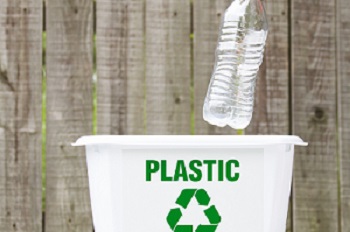
-Distinguishing HDPE from LDPE at the Blink of an Eye/Push of a Button
BASF’s trinamiX adds new PE application for plastic sorting to its mobile NIR spectroscopy solution. Bioplastic rPETRecycling CircularEconomy
The ability to distinguish between HDPE and LDPE at the push of a button is the latest application for plastic sorting added to the Mobile NIR Spectroscopy Solution from Germany-based trinamiX GmbH. Founded in 2015 as a wholly-owned subsidiary of BASF, Germany-based trinamiX GmbH (trinamixsensing.com) develops and sells cutting-edge 3D vision and infrared sensing solutions for use in both consumer electronics devices and industrial designs.
BASF sources noted that in view of rising prices of polyethylene, the production of single-grade PE recyclates has become extremely attractive in recent months. By launching two applications for its mobile NIR spectroscopy solution, trinamiX is improving on-the-spot sorting of the sought-after plastic. In addition to quickly distinguishing between HDPE and LDPE, the ratio of PE to PP in mixed plastics reportedly can be precisely determined as easy as pushing a button. Thanks to the flexibility of a handy measuring device, the process for obtaining high-quality PE and PE/PP recyclates is now significantly enhanced.
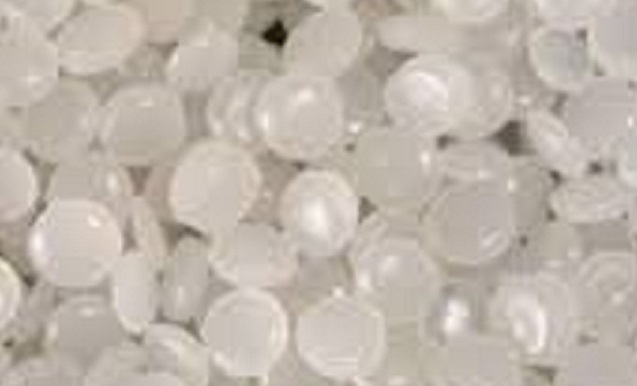
-DOMO partners with Bamberger Polymers to grow its distribution network in North America
Bamberger Polymers offers DOMO’s North American product portfolio
Domamid®, Econamid® and Domonyl™ Nylon 6 and 66 compounds available immediately Bioplastic rPETRecycling CircularEconomy
DOMO’s products support industry’s megatrends like lightweighting, CO2 reduction, miniaturization, thermal management, mobility electrification and eco-design
part of its growth strategy for the North American market, DOMO Chemicals has named Bamberger Polymers an authorized distribution partner effective immediately. Bamberger will offer DOMO’s North American product portfolio including Domamid®, Econamid® and Domonyl® Nylon 6 and 66 compounds.
For more than 50 years Bamberger Polymers has serviced the plastics industry distributing high-quality, thermoplastic resins to customers worldwide. It offers products to injection molders, blow molders, compounders, extruders, and manufacturers of plastic products.

-Are Chemical Recycling Claims Sometimes Misleading? Yes and No . . . But Mostly, Yes
Plastics 1, 3, and 7 technically could be chemically recycled, as some claim, if everything is sorted up front or treated at the back end at exorbitant cost. In other words, it’s possible with an unlimited budget. But when has that ever happened?
On Sunday, March 22, John Oliver did an in-depth piece on HBO’s Last Week Tonight devoted to waste plastics recycling. Bioplastic rPETRecycling CircularEconomy
He highlighted correctly the challenges of handling plastics labeled with resin identification codes 1 to 7, which is complicated for consumers. However, his point — illustrated by “chasing arrows” — that no scaled solution exists for most plastics is inaccurate. Molecular recycling can tackle plastics 2, 4, 5, and 6, but claims by some chemical recyclers are complicating this further.
When explaining the molecular recycling process at Nexus, with a focus on 2 (HDPE), 4 (LDPE), 5 (PP), and 6 (PS) waste plastics, we’re often asked: “Well, so-and-so company announced that it takes plastics 1 through 7 or 3 through 7. Is your technology inferior, narrower, not as flexible…?”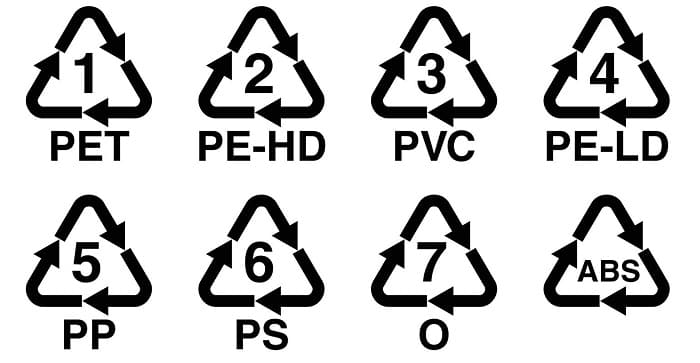
-Pilot Plant to Produce Multipurpose Bioplastic from Soy Residue
Four Finnish companies in collaboration to develop the first process to produce compostable bioplastic from food and feed production side streams.
A bioplastic plant to be built in Uusikaupunki, Finland, will be piloted on an industrial scale to produce what is said to be the world’s first process to product compostable bioplastic from food and feed production side streams. Bioplastic rPETRecycling CircularEconomy
Four collaborating Finnish companies—Finnfoam Oy, Brightplus Oy, VTT Technical Research Centre of Finland and Nordic Soya, have jointly explored the potential of soy molasses, i.e. soy processing side stream, as a raw material of the future. Partly funded by Business Finland, the research project took four years.
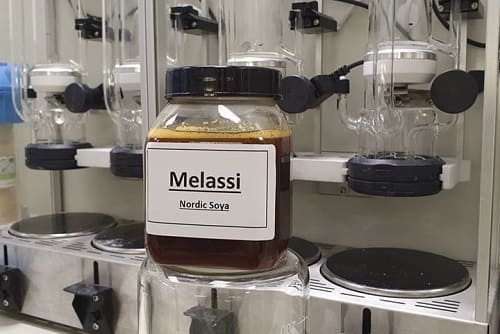
-More Than 5 Billion Pounds of Resin Production Lost Because of Storm
The spot resin markets continued to transact at an elevated pace last week, though order flow became less consistent and there were little lulls in trading activity, which was something we had not seen in a while, writes the PlasticsExchange in its Market Update. During the quieter moments, participants questioned whether emerging developments — weaker PGP monomer prices, the restart of many resin plants, and appearance of fresh spot off-grade offers — were signals that the market was ready to come undone. Then, reality would set in, as resin remains grossly undersupplied. The mid-February winter storm, which shut down the vast majority of US resin plants, could ultimately lead to the loss of five billion pounds or more of resin production, digging a very deep hole in inventories throughout the supply chain, reports the PlasticsExchange. Bioplastic rPETRecycling CircularEconomy
Despite some demand destruction, very heavy imports, and the lack of incremental exports, the PlasticsExchange predicts that it will take considerable time for producers to back-fill orders, restock inventories, lift allocations, and unwind force majeure declarations. Spot prices remained well above rising contract levels the week of March 15, as processors competed for limited material, quickly rebuilding market momentum as if this raging bull market had not skipped a beat.
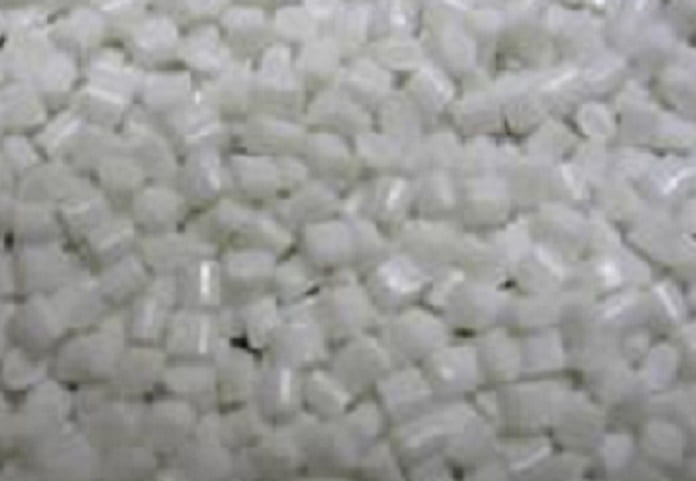
-Nextek Ltd. project to address food-grade polypropylene recycling
Nextloopp separates food-grade PP packaging using marker technologies.
Nextek Ltd., a London-based firm that provides expertise in the design, optimization, processing and recycling of plastics, has launched Nextloopp, which it describes as a global multipartipant project designed to address polypropylene (PP) recycling.
According to Nextek, PP accounts for roughly 20 percent of the world’s plastic. It is used to make pots, tubs, trays and films for food packaging as well as in nonfood household and personal care products. The company says 700,000 metric tons are used annually in the U.K. alone. The lack of food-grade recycled PP (FGrPP) means that PP food packaging is made from virgin plastics.
Nextloopp will use commercially proven technologies that include markers to separate food-grade PP, according to Nextek. These technologies also include decontamination stages to ensure compliance with food-grade standards in the EU and the USA. Bioplastic rPETRecycling CircularEconomy
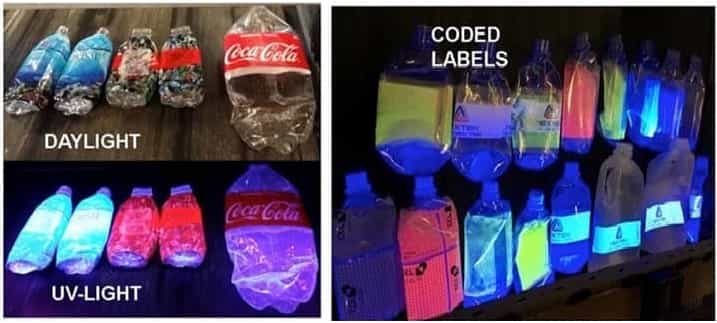
-Eurozone returns to growth as manufacturing hits record highs, service improves
The eurozone economy returned to growth in March as the rally in manufacturing activity continued, hitting record highs, while services improved after lockdowns hit consumer-facing sectors the hardest, analysts at IHS Markit said on Wednesday.
Manufacturing activity stood at 62.4 points in March, showing the boom that registered in the fourth quarter carried over into the first quarter as well.
Markit’s PMI index had never recorded such a high reading for manufacturing in the eurozone, which it has compiled since the now 19-country currency union was set up in 1997; the euro become a currency in circulation in 2002.Bioplastic rPETRecycling CircularEconomy
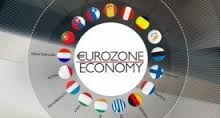
-Robinson signs up to food-grade recycled PP project
Packaging converter Robinson has joined forces with NEXTLOOPP to deliver for the first time a supply chain model to close the loop on food-grade recycled polypropylene (rPP). Bioplastic rPETRecycling CircularEconomy
In Europe, PP consumption accounts for 10 million tonnes per year with 40 per cent used for consumer packaging. About 70 per cent of this consumer packaging is for food packaging, which typically gets recycled into non-food applications as currently there is no viable solution for the generation development of food-grade rPP material from mechanical recycling.
Robinson claims that its sustainability pledge and legislative targets for recycling and increasing recycled content in packaging will only be met if industry makes transformational changes and creates a clear pathway to a circular PP model, in which companies are producing PP food packaging that includes sustainability sourced rPP derived from mechanically recycled food packaging.
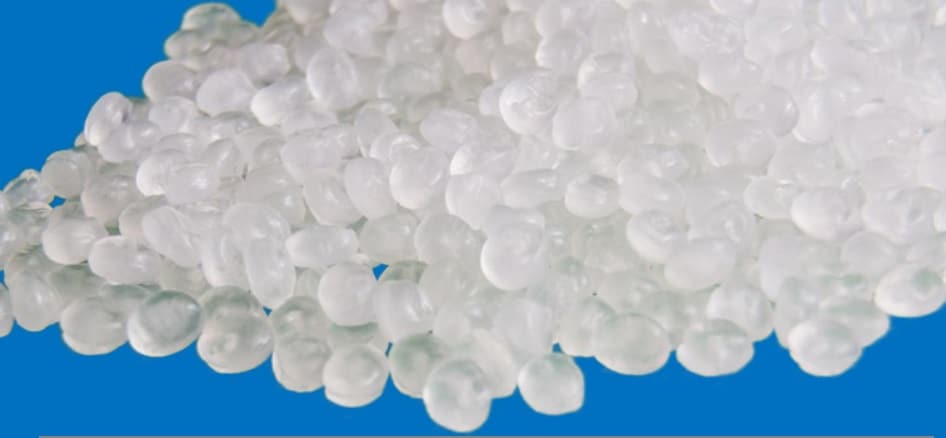
-UK North Sea Transition Deal outlines £10bn for hydrogen
On 24 March the UK government announced the North Sea Transition Deal , an agreement with the oil and gas industry that aims to support decarbonisation of the fossil fuel sector, including the potential for £10bn to be invested in hydrogen.
The plan aims to harness existing capabilities, infrastructure and investment to promote new technologies such as hydrogen, carbon capture usage and storage (CCUS) and offshore wind, as well as decommissioning existing assets.
Oil and gas production in the UK Continental Shelf (UKCS) is responsible for around 3.5% of the country’s emissions. Bioplastic rPETRecycling CircularEconomy
It commits to joint funding for emissions reduction from the state and sector of up to £16bn by 2030.
Of this £3bn will replace fossil-fuel power supply to UKCS platforms with renewable energy, another £3bn will be used for CCUS, with up to £10bn available to support hydrogen production
Current government funding plans include £1bn to establish CCUS at two industrial clusters by the mid-2020s including Project Acorn, which aims to establish CCUS at the St Fergus gas entry point by 2023
UK HYDROGEN PRODUCTION
On 23 March the UK Oil and Gas Authority released plans to make the Bacton entry point a key hydrogen hub , utilising UKCS assets to develop production for London and the southeast.
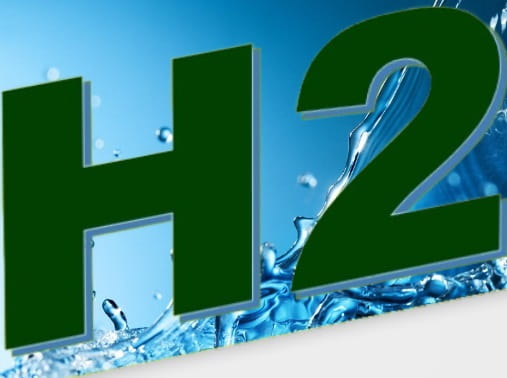
Bioplastic rPETRecycling CircularEconomy
